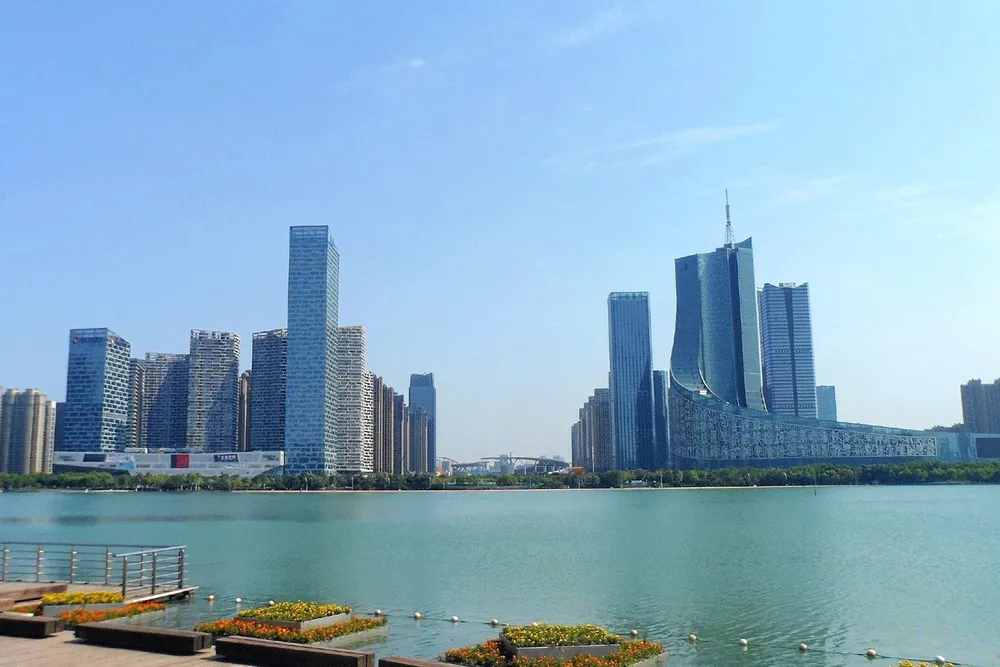First for China | Estone plans to build 1GW solid-oxide electrolyser and fuel-cell factory in Hefei city
The Anhui-based materials specialist says its scientists have 'mastered' the hydrogen technology

The Anhui-based materials specialist says its scientists have 'mastered' the hydrogen technology
